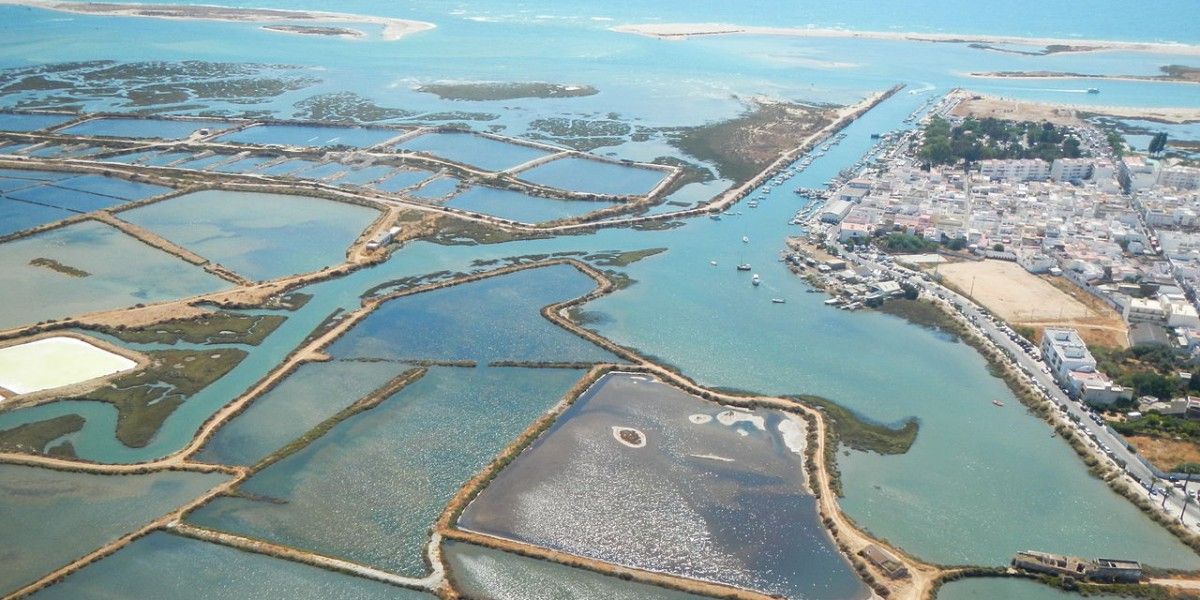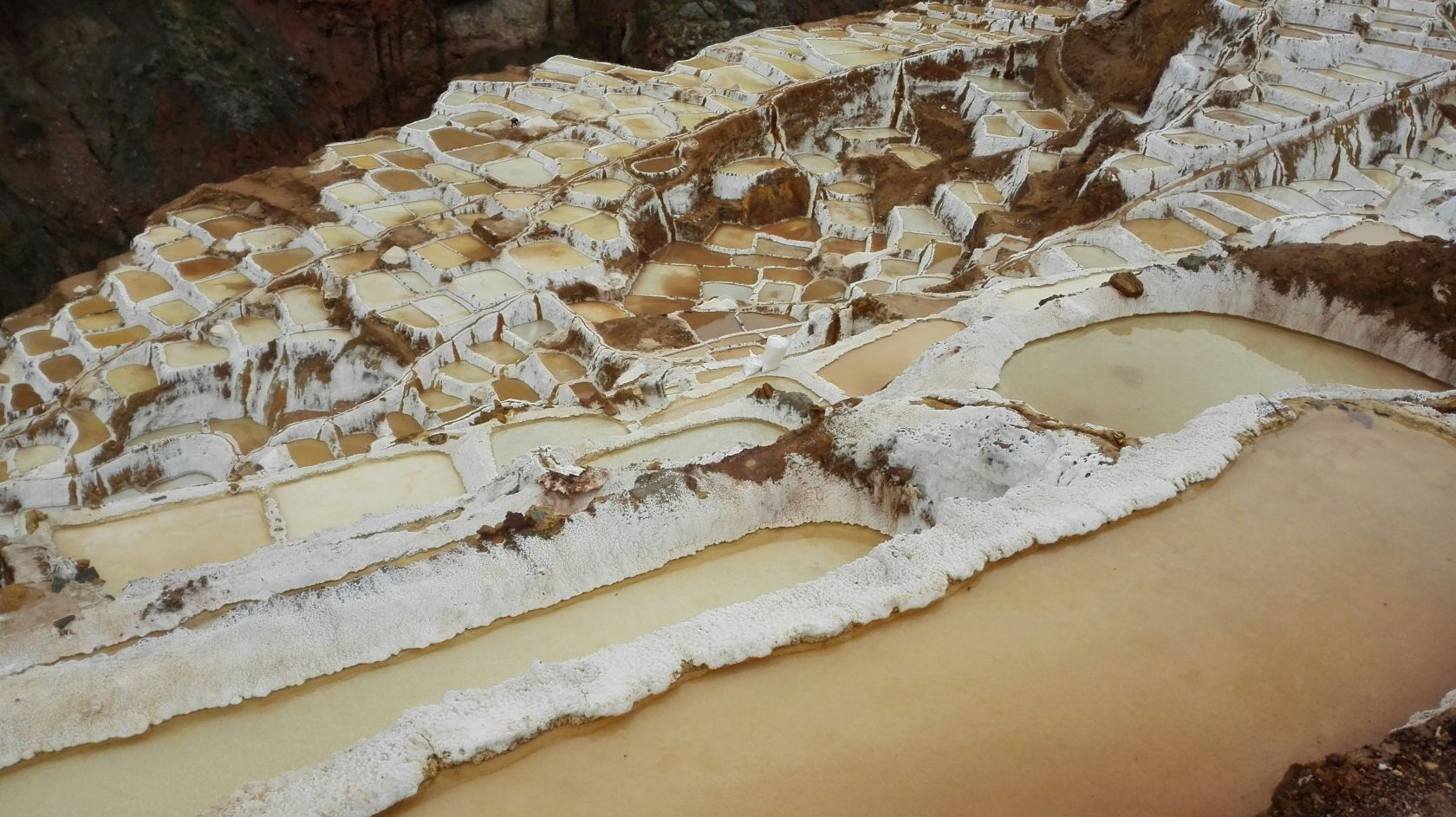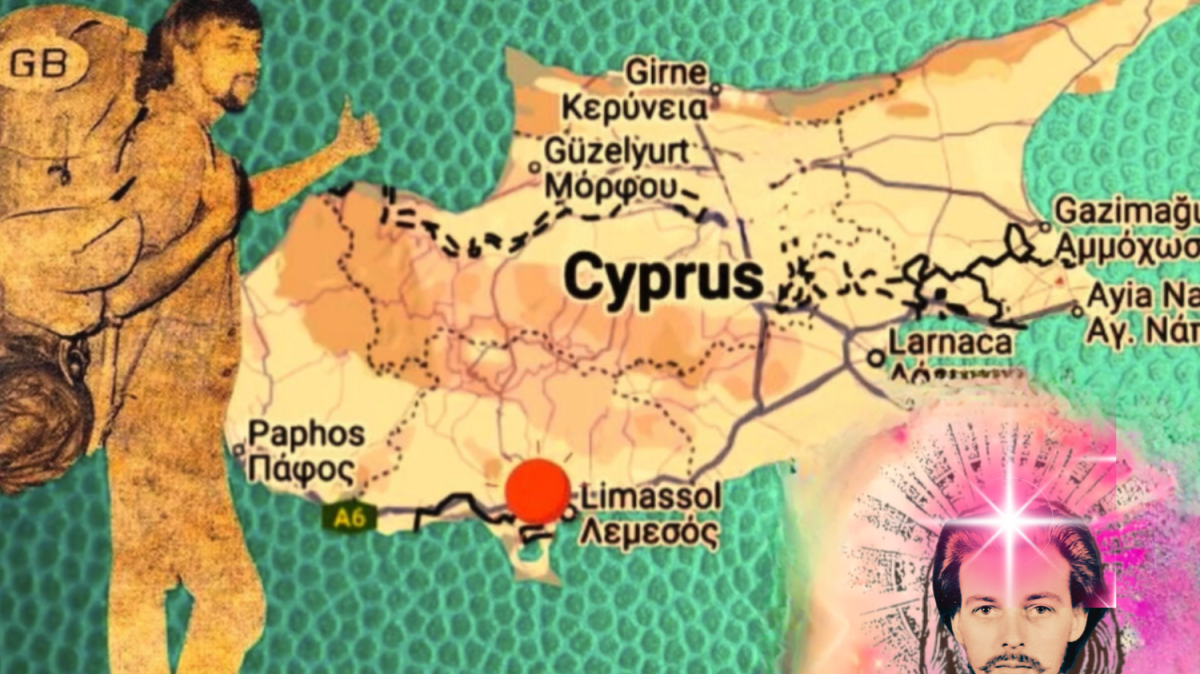Salt was so vital in past times that it was sometimes used as a form of currency. Roman soldiers were paid in salt, and was so valuable that it was often kept under lock and key. The word ‘salary’ is derived from the Latin word for salt, ‘salarium’, and the term ‘worth his weight in salt’ signifies that someone is a valuable asset in some way, perhaps competent and deserving recognition.
Both good and bad for you
Salt is essential for various bodily functions, including regulating fluid balance, nerve and muscle function, and maintaining proper blood pressure. Many animals, particularly herbivores, have a strong instinct to seek out salt and might gain salt from natural mineral deposits by licking surfaces such as rocks or fences for residual salt, or even chewing on bones to obtain it. But as a health warning, excessive salt intake can lead to health problems such as high blood pressure, heart disease, and stroke.
Salt deposits underground were likely originally discovered by accident or by target exploration. People possibly followed animal trails to ‘salt licks’ or stumbled on salty springs, and drilling and mining were subsequently used to extract salt from deeper underground.

Portuguese Salt
Salt is one of Portugal’s valuable natural assets, and is collected in salt ‘pans’ that can be seen in some coastal areas. Portuguese salt is considered of high quality, particularly ‘Flor de Sal’, known for its purity, unique flavour, and traditional production methods, and many consider it a gourmet salt.
What do we know about Salt Mines?
Many places around the world have salt mines, one of them is a UNESCO World Heritage Site - the Wieliczka Salt Mine near Krakow, Poland - that dates back to the 13th century. A similar one is Yekaterinburg in Russia, which is known for its striking natural formations and vibrant colours.
Now for a local Salt Mine
Loulé is not the only place in Portugal where rock salt is mined, but it is the only mine that is open to the public for tours. Located 230 metres below the town is a labyrinth of galleries in a variety of colours. This is still a working mine, where guided tours will help visitors explore over 1km of tunnels to see the machinery involved and learn about the extraction process.

Rock Salt v Table Salt
Rock salt is naturally pinkish in colour and is typically in the form of crystals. The mineral form of sodium chloride, commonly known as halite, is a common name for this substance. Rock salt is in its raw state, and compared to table salt, is coarser due to its crystal shape.
Table salt is finer and often comes from water drawn from the ocean or brackish lakes. This fine, crystalline powder is often white or colourless, and is refined by the inclusion of additives and chemicals - such as anti-caking agents - and has any impurities removed.

Uses for salt
Salt has many non-culinary uses, including industrial, household, and even health and beauty applications. It is a key ingredient in the production of chemicals such as chlorine and caustic soda, and is used in water softening and de-icing products.
Besides Lisbon, Portugal's Algarve region, particularly Tavira, is known for its salt production. The salt flats there merge with the Atlantic Ocean, creating a landscape of water and sand where sea salt is harvested.
My Dad used to threaten me with ‘I’ll send you down the salt mines’ for bad behaviour, and I just assumed at the time that this was the deepest, darkest, coldest bit of Russia, where nobody would willingly go. Little did I know that Portugal would have been a much nicer place to be sent!
Marilyn writes regularly for The Portugal News, and has lived in the Algarve for some years. A dog-lover, she has lived in Ireland, UK, Bermuda and the Isle of Man.













